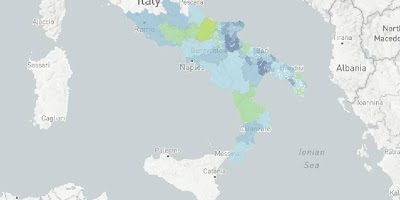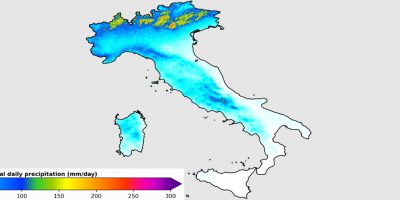


Dataclime
La piattaforma DATACLIME è sviluppata dalla Divisione “Modelli regionali e Impatti geo-Idrologici” (REMHI) dell'Istituto ICR (Istituto per la resilienza climatica) della Fondazione CMCC
ed ha lo scopo di trasformare i dati climatici in informazioni utili e "su misura" per utenti con competenze ed esigenze differenti.
Dataclime supporta operativamente gli utenti proponendo diversi servizi climatici e gestendo “in-house” l’intera catena di produzione delle informazioni: dalla collezione/archiviazione dei dati climatici all’elaborazione e allo sviluppo di analisi che ne permettano un facile utilizzo da parte degli utenti
A chi si rivolge Dataclime
La piattaforma operativa Dataclime si rivolge a
utenti sia pubblici che privati
RICERCATORI E SCIENZIATI
SOCIETÀDI CONSULENZA
INGEGNERI, ARCHITETTI E PIANIFICATORI
ASSOCIAZIONI E AZIENDE
PUBBLICA AMMINISTRAZIONE
Settori di interesse
Alcuni ambiti in cui Dataclime può essere utilizzato






Soluzioni climatiche «su misura»
Forniamo soluzioni e dati climatici per utenti con diverse competenze ed esigenze
Progetti realizzati
Soluzioni e analisi climatiche personalizzati in base agli obiettivi e alle esigenze dei nostri utenti





